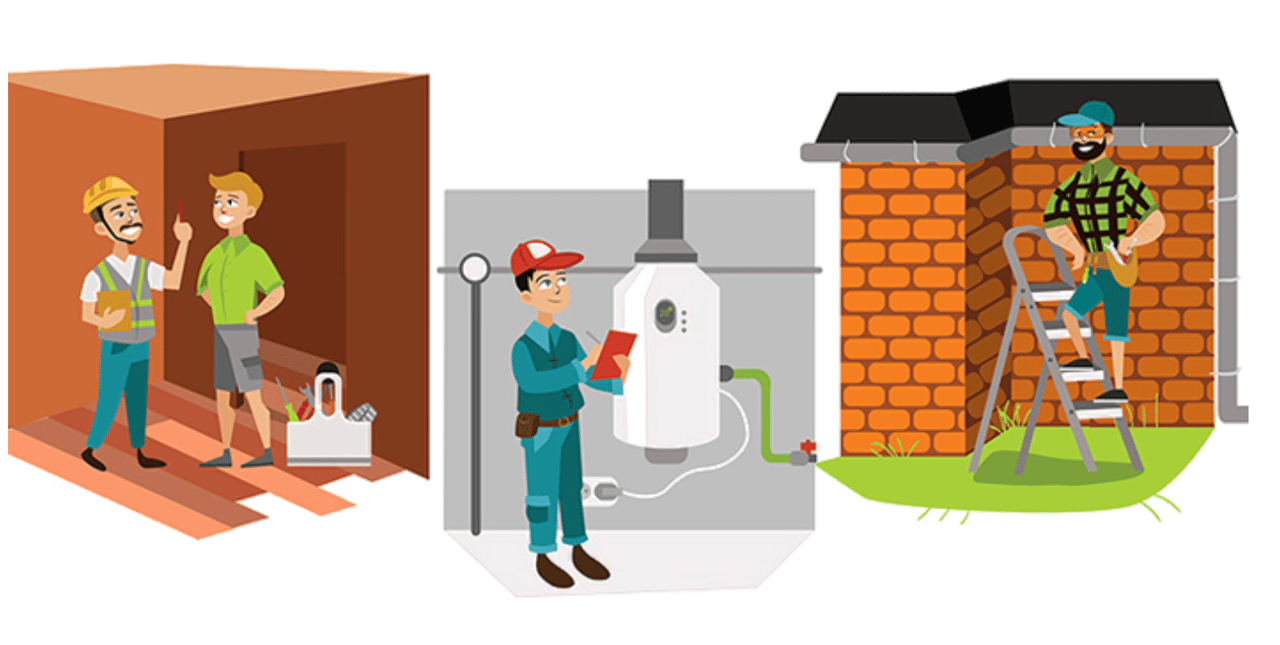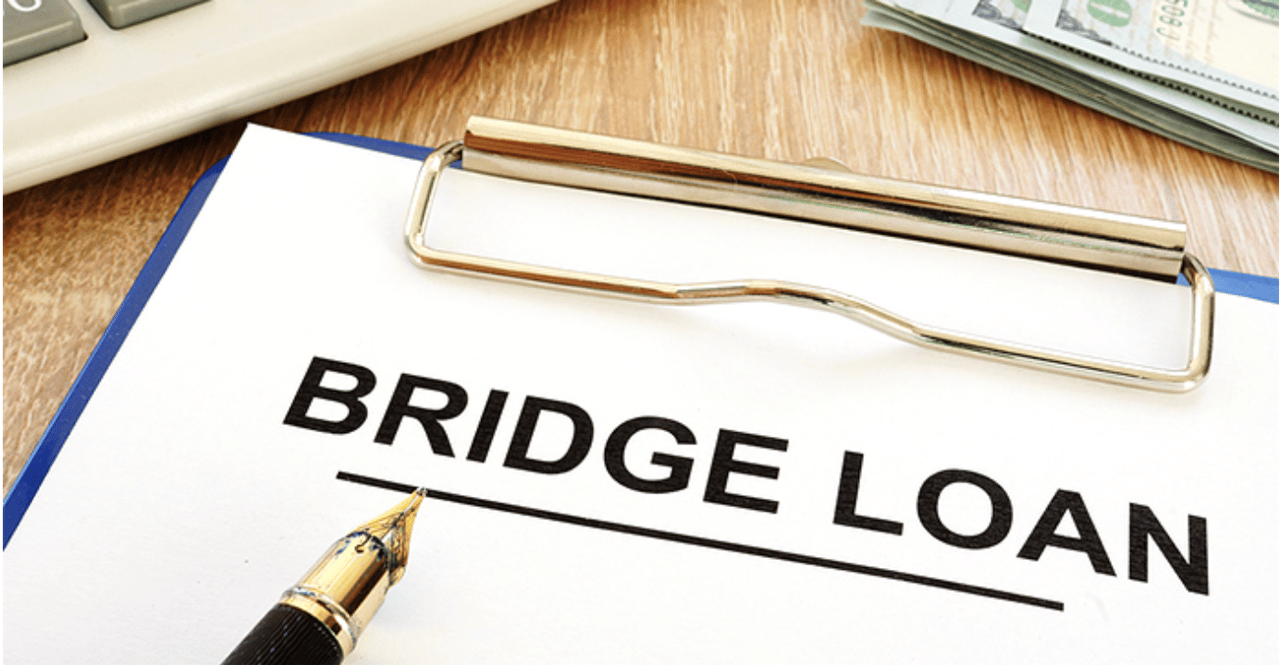How To Sail Through Escrow Like a Seasoned Professional
August 22, 2016
Real Estate

August 22, 2016
Real Estate

The term ‘Escrow’ can bring a lot of fear to home buyers, simply because they do not understand what it really means.
An escrow account is essentially a holding tank. During a real estate transaction, the escrow officer—usually a lawyer or title company representative—holds all the important documents and deposits while the buyer and seller work out the details.
Once you and the seller have signed a mutually acceptable purchase agreement, your agent will collect your earnest money check and deposit it in an escrow account at the escrow company specified in the purchase agreement.
The escrow officer makes sure the closing goes smoothly and everyone gets paid what they’re owed. After the closing, the escrow agent records the deed and title transfer that make the home officially yours.
Many mortgage lenders hold money in escrow to pay property taxes and insurance. Each month, you pay a portion of the estimated annual costs along with your principal and interest.
At the end of the year, the lender adjusts your monthly escrow amount based on the actual tax and insurance bills. If you were short, you’ll generally be allowed to spread the difference out over the coming year. If you paid in too much, the lender will refund your money.
Back to the escrow or closing steps. All documents will be gathered, to include titles, reports, deeds, and any other documents needed for the real estate transaction.
The bank providing the mortgage will do its own appraisal of the property (which the buyer usually pays for) to protect its financial interest. If the appraisal comes in lower than the offered price, the lender will not give you financing unless you are willing to come up with cash for the difference or the seller lowers the price to the appraised amount.
Any contingencies (repairs or replacements) must be completed before closing. Contractors can inspect the home and add to a list of repairs such as loose tiles or broken countertops. Buyers can also add to this list. The seller agrees to repair and pay for those expenses before the buyer pays for the house. Certain contingencies also have the understanding that the buyer can agree to sign the dotted line, but aren’t obligated to pay until the seller has completed those repairs.
The Final Walk-through is the last step of the escrow process. If the seller fails to meet a contingency, the escrow process ensures that no monies are exchanged until both parties meet their obligations. If the walk-through meets with all parties’ satisfaction, everything is complete and all documents are signed, the seller’s money is released from escrow and the buyer receives the keys to their new home.
Sonja Bush is an experienced First Home, Second Home and Vacation Home Realtor in Mammoth Lakes ready to help you through the entire buying or selling process, including escrow. Call her today at 661-979-9000 to discuss your home buying or home selling needs, or email her at [email protected].
Stay up to date on the latest real estate trends.

Market Update
November 11, 2025

Real Estate Education
November 3, 2025

Buyer
October 28, 2025

Buyer
October 17, 2025

Market Update
October 13, 2025

Buyer
October 7, 2025

Buyer
October 7, 2025

September 30, 2025

Buying
September 22, 2025
You’ve got questions and we can’t wait to answer them.